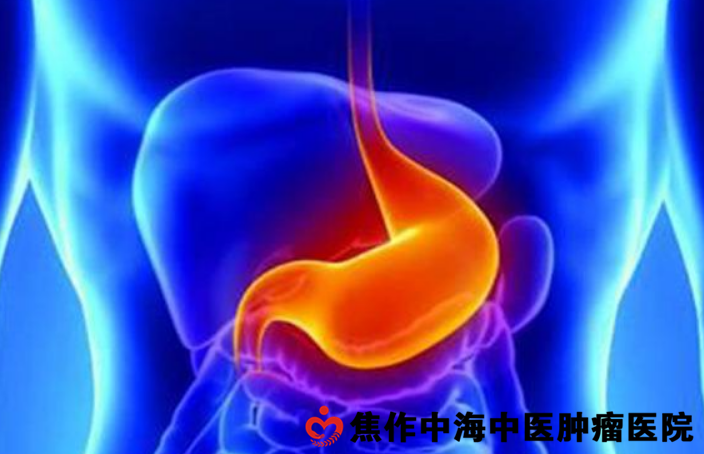1. Postoperative adjuvant therapy for gastrointestinal stromal tumors.
Adjuvant therapy is postoperative treatment, which aims to reduce or delay the proliferation and recurrence of residual GIST cells after surgical resection. Some studies have shown that imatinib therapy for one year after radical surgery can significantly prolong the survival time without tumor recurrence. Other studies have shown that for the medium-and high-risk group of GIST, postoperative imatinib adjuvant therapy for 3 years can significantly reduce the recurrence rate and mortality compared with the placebo control group.Other studies have found that in GIST high-risk group, postoperative imatinib adjuvant therapy for 3 years significantly reduces recurrence and prolongs overall survival compared with 1 year. Therefore, imatinib is recommended for postoperative treatment of high-risk GIST patients for 3 years. For the medium-risk group, the duration of adjuvant therapy is still controversial, but at least 1 year, and the longer the better. In addition, we suggest that GIST routinely analyze the D842V mutation in exon 18 of PDGFRA gene. If there is a D842V mutation, imatinib adjuvant therapy is not recommended because the treatment response is poor. It is controversial whether the wild-type GIST needs adjuvant therapy because the wild-type GIST itself develops slowly and reacts poorly to imatinib.2. Preoperative neoadjuvant therapy for gastrointestinal stromal tumors.Neoadjuvant therapy is preoperative treatment. The indication of preoperative imatinib treatment is that it is difficult to remove 1RO or avoid combined organ resection, 2 to preserve the function of rectum, esophagus and duodenum, or to avoid total gastrectomy. It is recommended that imatinib should be revisited with CT at 1 month after neoadjuvant therapy to avoid the rapid progression of tumor due to drug resistance. In general, the time of neoadjuvant therapy is 6 ~ 12 months, and the tumor can be treated surgically when the tumor gets the maximum response. Imatinib does not have a significant effect on the operation, so it is generally not necessary to stop the drug before operation. Note that whether GIST patients who underwent surgical resection after neoadjuvant therapy continue imatinib adjuvant therapy should be based on the tumor characteristics before neoadjuvant therapy. The continuation of imatinib adjuvant therapy usually begins as soon as the patient can eat after operation, and the duration should be combined with the time of preoperative medication. In the case of high-risk GIST, the total time of imatinib treatment before and after operation was at least 3 years. However, if the GIST genotype has a D842V mutation in exon 18 of the PDGF RA gene, imatinib or neoadjuvant therapy should not be used. If the genotype is uncertain, especially for primary gastric GIST, neoadjuvant therapy can be performed carefully, but the response to treatment should be evaluated as soon as possible (drug treatment begins within 1 month).

